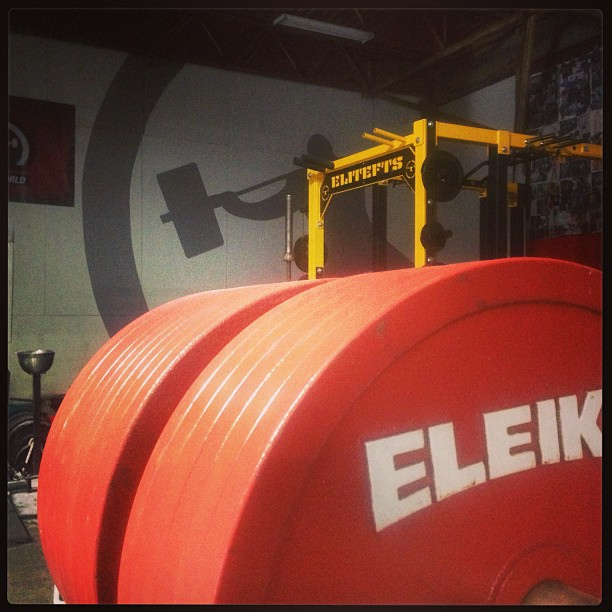
Dr. Anatoly Bondarchuk is renowned as an athlete (1972 Olympic champion and European champion in the hammer throw as well as a former world record holder), and his coaching credentials are virtually unprecedented in the world of athletics. He holds a doctorate of pedagogical science from the University of Kiev, and his research into technique and high-performance training methods formed the basis for many of the common techniques and practices used by the world’s top athletes today. Dr. Bondarchuk developed the USSR National Team throws program from 1976–1992 from which he produced numerous world and Olympic champions in the hammer, discus, and shot put. He has authored eleven books and 195 articles in his areas of expertise. A common focus of these documents is training to maintain performance and technique. Since 1992, Dr. Bondarchuk has been coaching for Portugal and Kuwait.
I had the opportunity to speak with him last weekend. My interview with him follows.
YJ: Having been in the western hemisphere for a while now, what do you see as the biggest differences between sports science here and in the Eastern Bloc/Soviet Union?
AB: The system in the east is better because coaches there are much more qualified in their training. They also share ideas with each other and communicate with the various researchers. In the west, everyone seems to be secretive, and there is very little movement from research to practice. Westerners also focus far too much on general strength and have no viable periodization schemes.
YJ: How do you distinguish between general exercises and the different grades of specialized exercises?
AB: General exercises have little relevance to the sporting action. Specialized preparatory exercises use the same muscles that are involved in a particular sporting action. Specialized developmental exercises include single joint actions that duplicate one portion of the sporting action. They also mirror the velocity and range of motion seen in the competitive movement. Competitive exercises are those that fully mimic the competitive movement in more difficult conditions and easier ones.
YJ: There is much debate about how to classify an athlete as high level or elite. What is the definition of a high level athlete, and how does one recognize this in an athlete?
AB: Part of this is intuition on the part of an experienced coach. After coaching many athletes, a wise coach will recognize this graduation. In a general sense, those athletes who have shown to improve at a rapid pace over a certain amount of time are considered high level. This would generally take no less than five years of training.
YJ: What are the virtues of maximal work as opposed to sub-maximal work?
AB: Both have their place in the yearly scheme. However, maximal work can be overdone. It should only account for about 10 percent of the total volume of work. Therefore, it should be used wisely. Both sub-maximal and maximal work can be involved in the same workout. Their order of performance can also be flip-flopped.
YJ: Can you give examples of exercises that have positive transfers on one another and those that have negative transfers?
AB: One example is the hammer throw. It uses lighter and heavier implements that have a positive transfer on each other. On the other hand, any isometric exercises have a negative transfer on the rest of training.
YJ: As you know, steroid use is credited for much of the Soviet success. How do you respond to this assertion?
AB: Ironically, steroid use started in the United States in the 1950s with many bodybuilders. It then seeped into the athletic world. It didn’t pervade Europe and Asia until the early 1970s. Those in the west had better knowledge of steroids and were using them at least as much as the rest of the world. It’s also important to note that steroids help add 5–6 meters to a throw but no more. As time went on, we found different supplements to be more valuable than steroids.
YJ: What supplements did you find valuable?
AB: We found that using the whole complex of vitamin B could help add 3–4 meters to a throw.
YJ: Where do you think that sports will find answers for improved performances in the future?
AB: We must find ways to improve technique and also develop more exercises to enhance special strength. Specialized strength is the means to getting more out of our work.
YJ: With this in mind, how much work do you think is being done in the area of technique analysis and the development of special strength?
AB: Although it is of utmost importance, nearly nothing is being done in the United States.
YJ: Thank for your time, Dr Bondarchuk.








